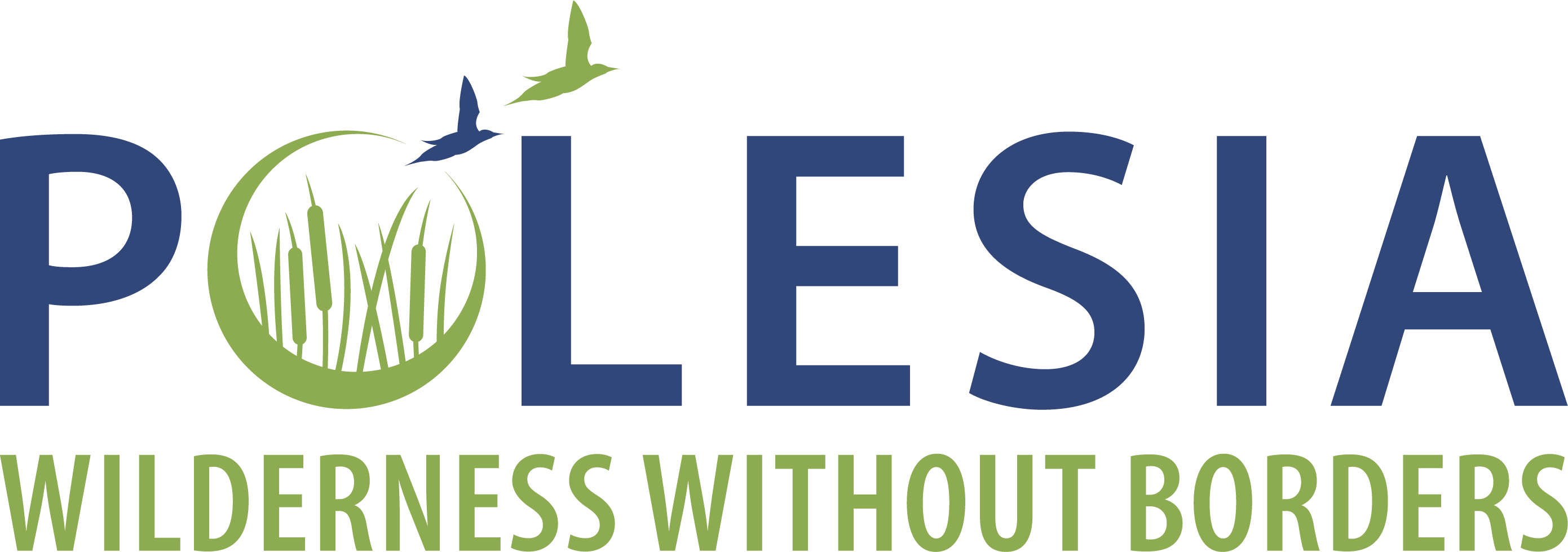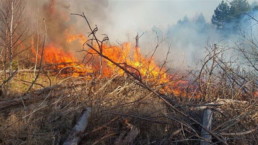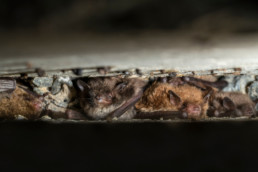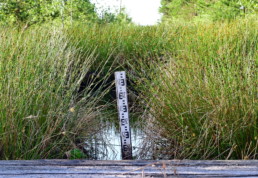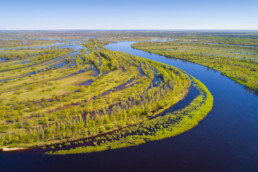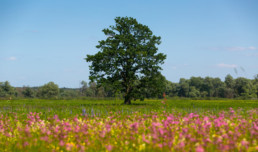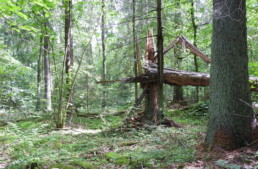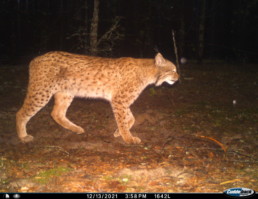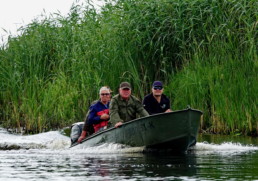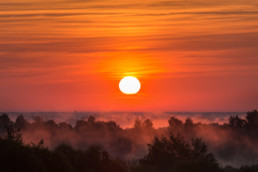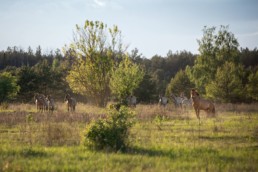A New National Park for Polesia: Pushcha Radzivila
Polesia’s Pushcha Radzivila National Park secures better protection for wildlife and habitats, improves protected area connectivity, and brings sustainable development opportunities for local communities.
On the first day of 2022 the President of Ukraine signed a decree officially creating the new Pushcha Radzivila National Park. The Ukrainian Society for the Protection of Birds (USPB), as part of the Polesia – Wilderness without borders project, played a significant role in the creation of the new national park.
The park covers 24,265 hectares in Ukraine’s Rivne region. Together with protected areas in neighbouring Belarus, it forms one of the largest natural complexes of bogs and transitional mires in Europe. The area holds old-growth European spruce forests and a majestic 1,300 year-old veteran oak that measures 8 metres around the base of its trunk. Picturesque lakes and wilderness offer significant tourism development opportunities. These water bodies, together with the many swamps and wetlands in the area, are a vital water store for Polesia and Ukraine as a whole. These rare natural habitats also store massive amounts of carbon. Pushcha Radzivila forms part of the Pripyat basin playing a hydro-regulatory role for this mighty river which is the lifeblood of the Polesia region.
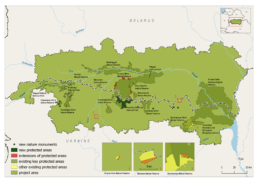
A central aim of our work is to increase the protection of these high conservation value areas. “Field experts identify and map primary forests and other high conservation value forests, as well as important sites for rare birds and mammals that lie beyond the boundaries of existing protected areas in order to apply for better protection for these sites”, explains USPB’s Olga Yaremchenko, who leads these efforts in Ukraine.
The presence of key species helps to identify important conservation areas – for example lynx, Greater Spotted Eagle and Black Grouse. Yaremchenko also emphasises that “a key component of our success in creating the Pushcha Radzivila National Park is the engagement of local communities who live nearby and understand the importance of nature conservation as the basis of a healthy life”. Thanks to the persistent support and lobbying of the communities, Rivne region managed to expand its protected area network, and thus increase the protection of Polesia.
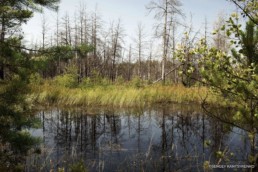
In Pushcha Radzivila scientists have counted more than 450 species of plants and 230 species of animals, including 39 nationally endangered species. Grey Cranes and Black Grouse occur in the bogs and mires of the park. The protected area also harbours beavers, otters, lynx, moose, and almost a dozen species of bats.
Connectivity between the protected area network is enhanced – the park borders the Rivnenskyi Nature Reserve in Ukraine and Belarus’s Almany Mires Reserve in the north. The new park will thus also strengthen the protection of important wetlands in Rivnenskyi such as Perebrody Peatlands and Syra Pogonia Bog Ramsar sites.
